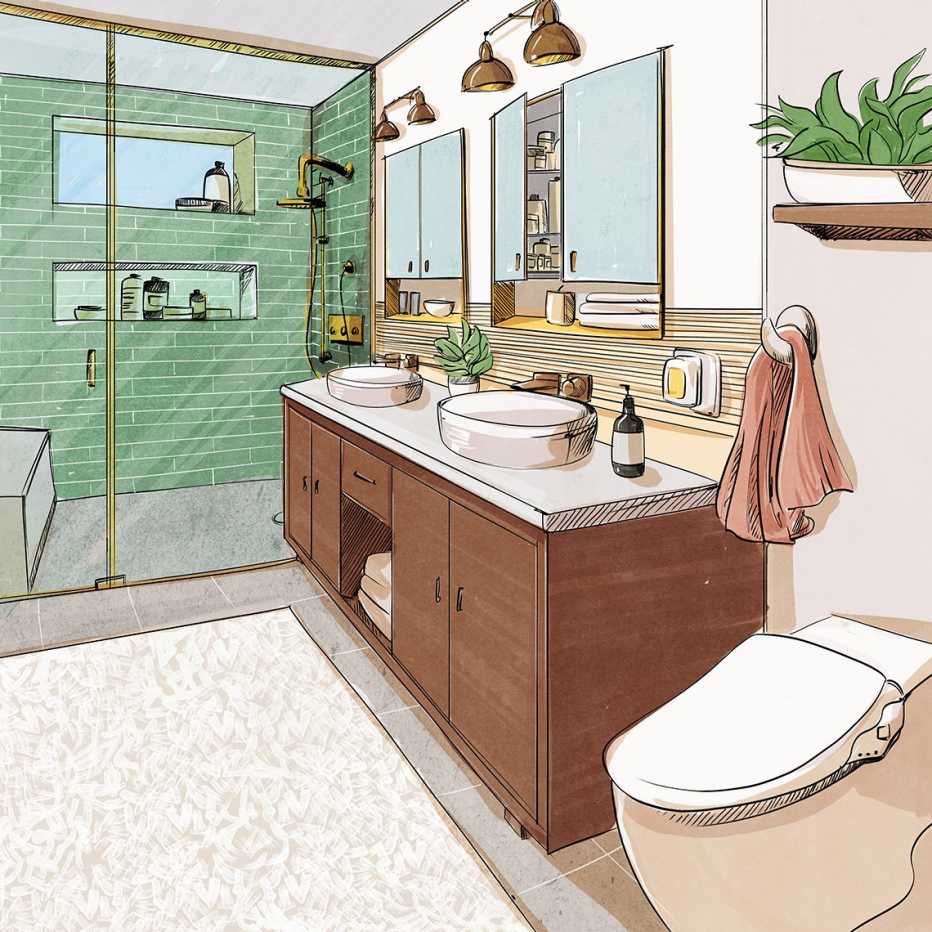Staying Fit
AARP The Magazine welcomed the Property Brothers, Drew and Jonathan Scott, for a live interactive discussion on Aug. 19. The event was moderated by fitness and lifestyle expert Laila Ali, the daughter of Muhammad Ali, who’s an undefeated four-time boxing world champion herself. The stars of the Property Brothers television series, authors of the Builder Brothers’ children’s books, cofounders of Scott Brothers Entertainment and coeditors of the new Reveal magazine shared cost-efficient tips and information to help you improve your home so that you can live in it for a lifetime.
Watch a replay of the live event above.


Property Brothers Advice for Every Room
From minor fixes to major upgrades of your home, get expert tips and ideas for every budget from Drew and Jonathan.

































































More From AARP
Should You Downsize or Renovate as You Age?
What to consider when deciding whether to sell the family home or make improvements instead